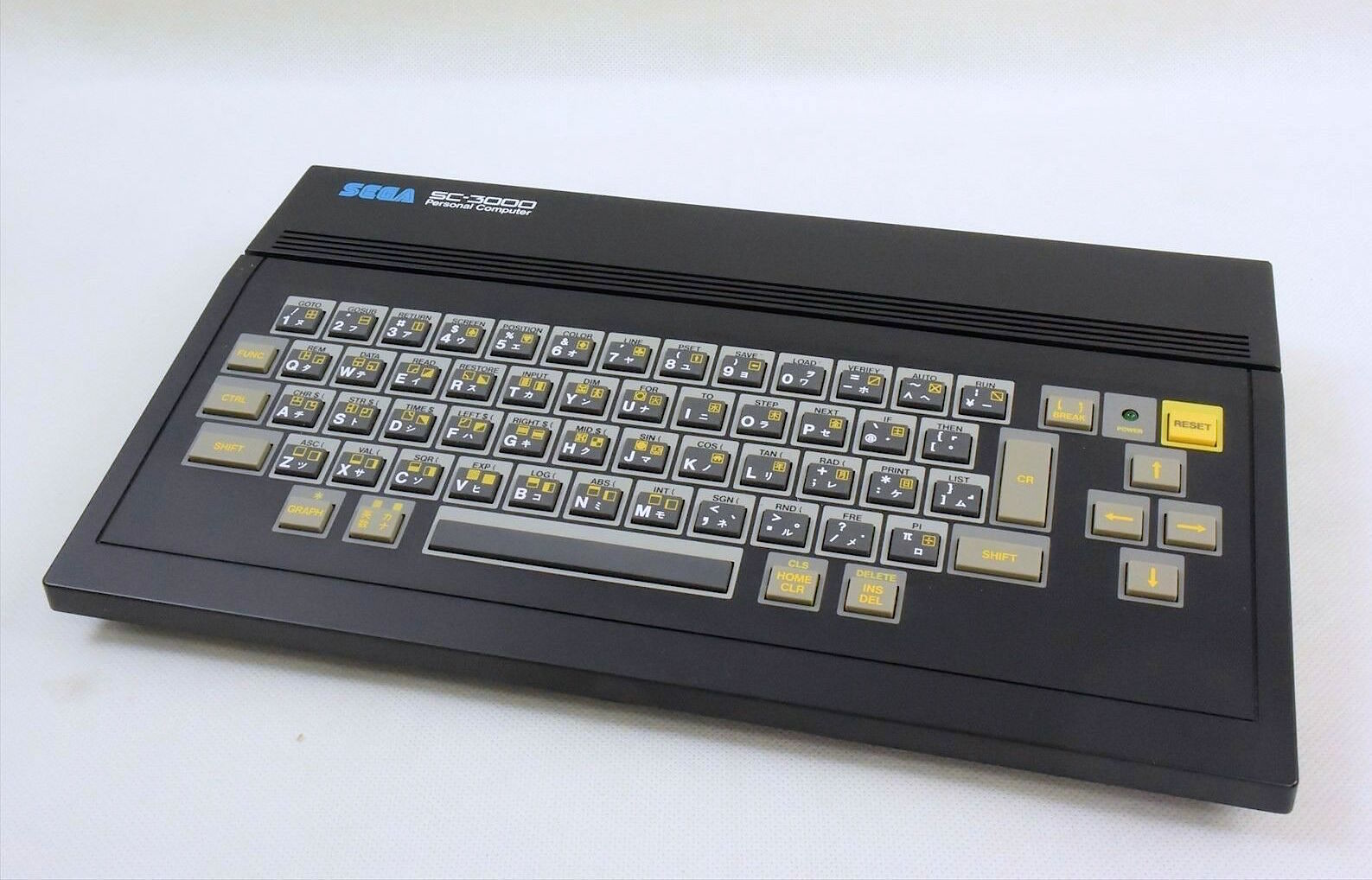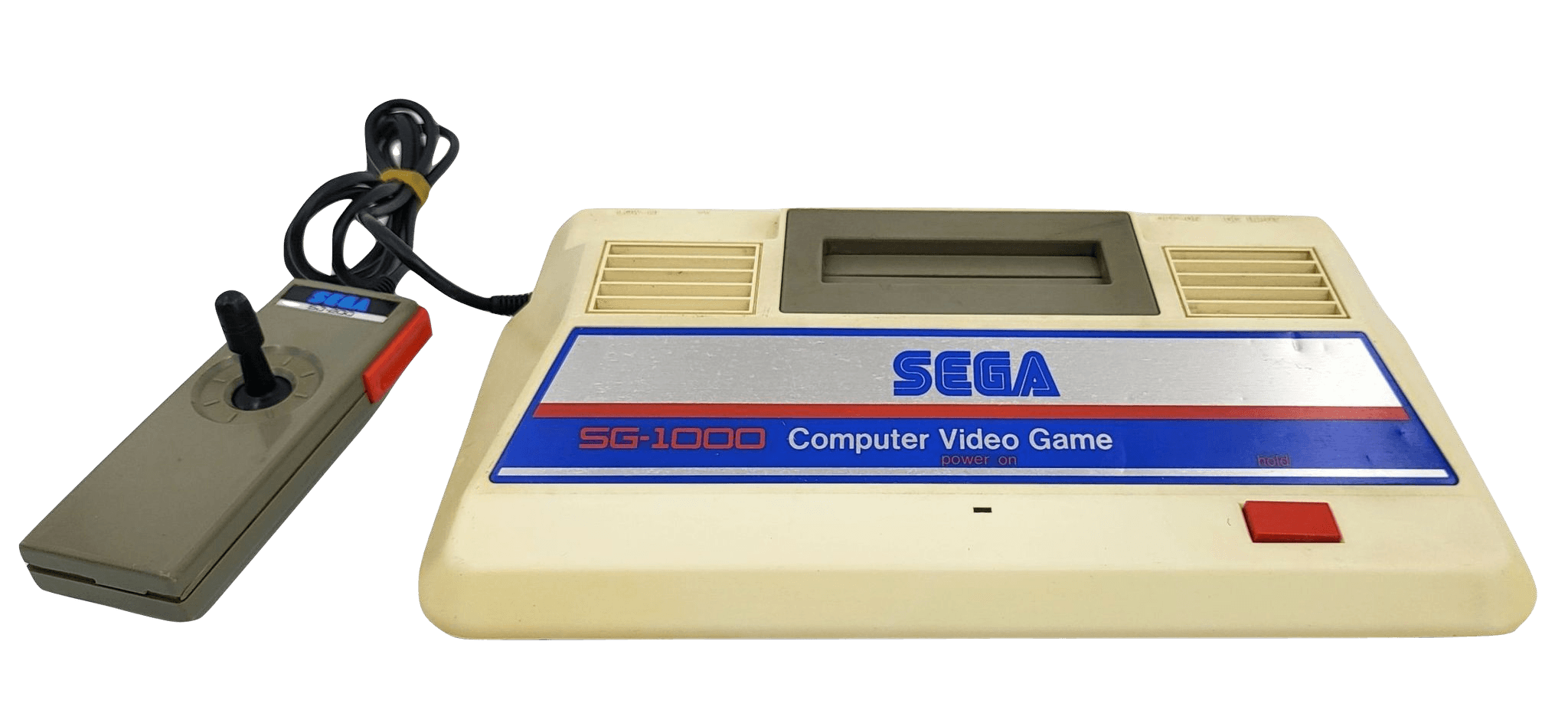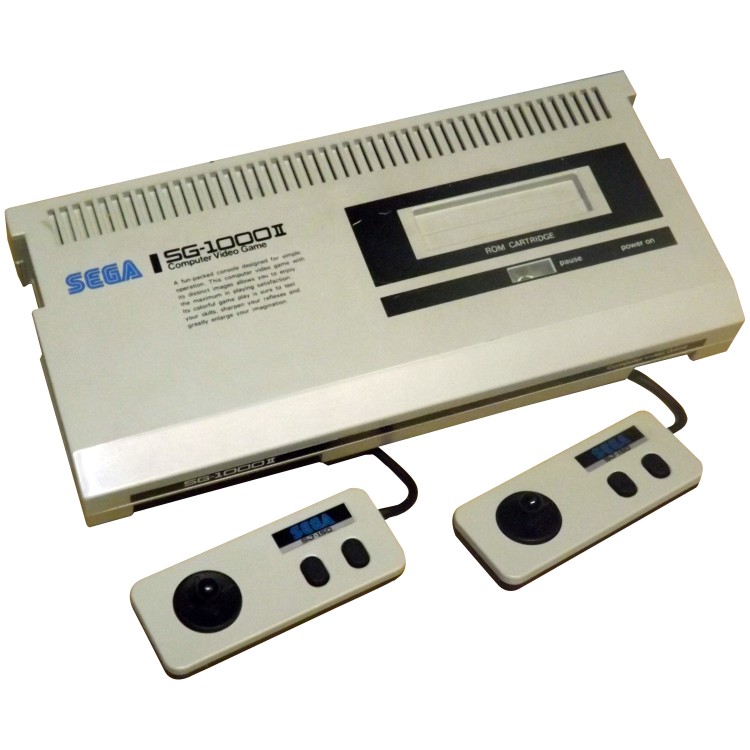Exploding Into a New Dimension
Sega was one of the five most successful arcade game manufacturers in the United States, who made games such as Congo Bongo and
Zaxxon. Arcades suffered a loss in profits in 1982, prompting Sega to sell their arcade manufacturing rights to Bally
Manufacturing, who would make their own games for years to come. That left Sega with their Japanese sibling Sega Enterprises Ltd.
and American research and development operation. President of Sega Enterprises Ltd. in Japan Hayao Nakayama proceeded to apply
the company's arcade hardware experience to the fledgling home console market, leading development on Sega's first home video
game console. It was originally a computer with a built-in keyboard called the SC-3000. But plans were altered when eventual
rival Nintendo started work on a dedicated game console called the Family Computer, or Famicom. As a result, Sega didn't scrap
the SC-3000, but continued development on it and started work on the SG-1000 console. They were developed with popular
off-the-shelf components to make sure the console would last and be reliable, which would prove to be a good decision.

A Cursed Day
The SG-1000 and SC-3000 computer were released on July 15th, 1983 in Japan, the
very same day as Nintendo's
Famicom. Parts of Europe and Australia would receive a third-party release of the console under names such as Sega 1000, but
not the United States. Seeing as the SG-1000 and Famicom both came out the same day, their console sales from then until the
end of 1983 can be compared pretty easily. Sega predicted they would sell 50,000 units, but they ended up selling 160,000 by
the end of the year. So, the SG-1000 was a mild success at first, but that's because the first batch of Famicom units had
defective chipsets and therefore required a reissue for Nintendo to really get it to take off. Evidently, Sega's choice to use
popular well-made components worked out.

Soon after releasing the SG-1000, the founder of parent company Gulf and Western Industries passed away, prompting Sega
president Hayao Nakayama and former CEO David Rosen to establish a new company called Sega Enterprises, Ltd. by borrowing money
from info-tech company CSK Corporation. This resulted in the SG-1000II, released on July 31st, 1984 with changes from the
original including detachable controllers with D-Pads and buttons laid out as made standard by the Famicom. Speaking of, on
the Nintendo side at this time, the Famicom was re-released with a better chipset and quickly way outsold the SG-1000. It had
more sophisticated hardware capabilities, and its game library was quickly expanding by porting third-party developers' games
from arcades or other consoles. Sega, however, was not willing to do the same with companies they competed with early on in the
arcades.
In 1985, the SG-1000 and SG-1000II were discontinued as they knew no progress in outselling the Famicom was going to be made.
They do remain important as Sega was established in console production with these machines, and would help set the stage for
the great Sega/Nintendo war in the future.




